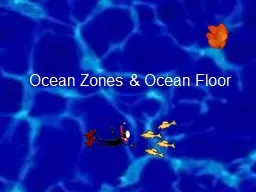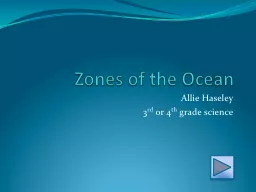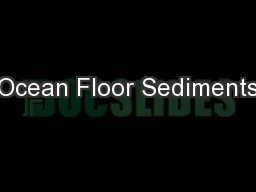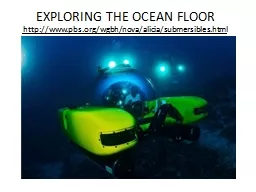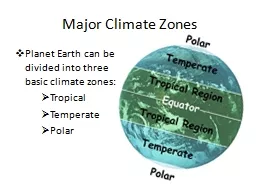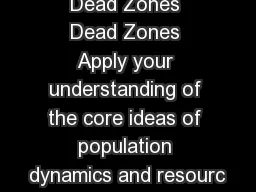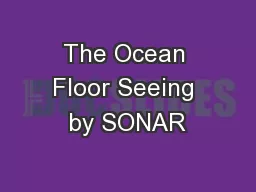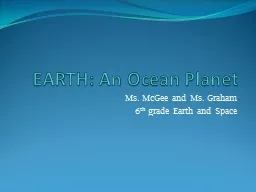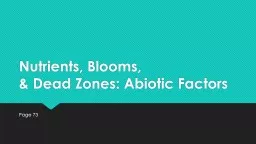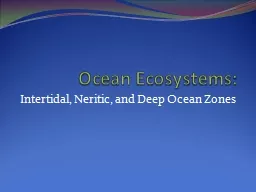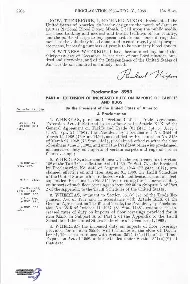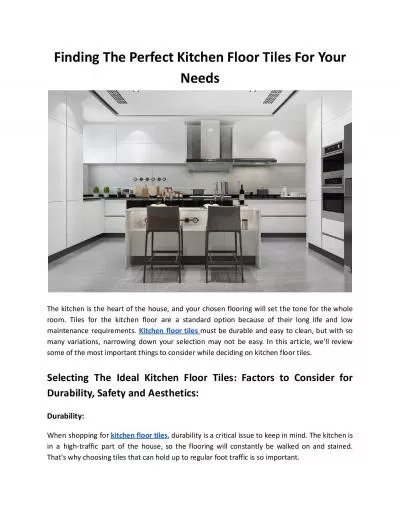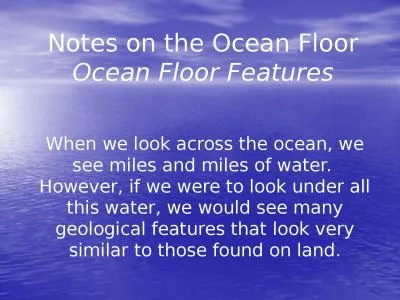PPT-Ocean Zones & Ocean Floor
Author : min-jolicoeur | Published Date : 2015-10-13
Ocean Zones Which Zone 1 Each group will be given a set of words that relate to the different zones of the ocean 2 At your table you will try and place your
Presentation Embed Code
Download Presentation
Download Presentation The PPT/PDF document "Ocean Zones & Ocean Floor" is the property of its rightful owner. Permission is granted to download and print the materials on this website for personal, non-commercial use only, and to display it on your personal computer provided you do not modify the materials and that you retain all copyright notices contained in the materials. By downloading content from our website, you accept the terms of this agreement.
Ocean Zones & Ocean Floor: Transcript
Download Rules Of Document
"Ocean Zones & Ocean Floor"The content belongs to its owner. You may download and print it for personal use, without modification, and keep all copyright notices. By downloading, you agree to these terms.
Related Documents

